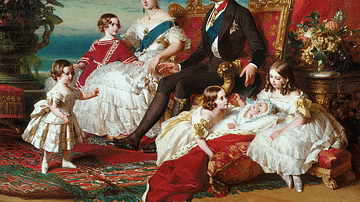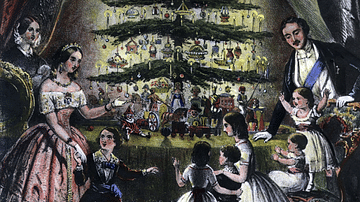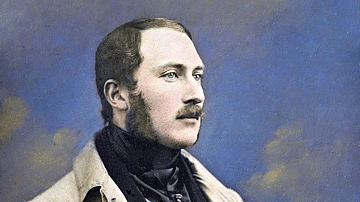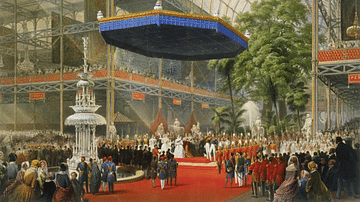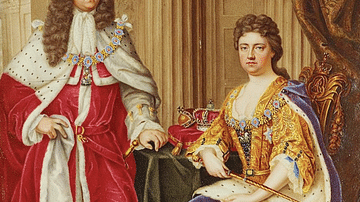Illustration
This infographic illustrates the history and transformation of the British royal family's dynastic lineage, culminating in the modern House of Windsor. It highlights the monarchy’s evolution from its German roots to a distinctly British identity, shaped by political pressures and national sentiment during the upheavals of the early 20th century.
The royal house originally descended from the House of Hanover, with Queen Victoria as its final monarch. Her son Edward VII inherited the crown in 1901 and, through his father Prince Albert, introduced the House of Saxe-Coburg and Gotha. However, during World War I, widespread anti-German sentiment made the German-sounding name politically untenable. Despite family ties between the British, German, and Russian monarchies, King George V issued a Royal Proclamation on July 17, 1917, renaming the dynasty the House of Windsor—a symbolic step toward aligning the monarchy with British national identity during wartime.
About the Author
Cite This Work
APA Style
Netchev, S. (2023, August 23). The Royal House of Windsor in Britain. World History Encyclopedia. Retrieved from https://www.worldhistory.org/image/17770/the-royal-house-of-windsor-in-britain/
Chicago Style
Netchev, Simeon. "The Royal House of Windsor in Britain." World History Encyclopedia. Last modified August 23, 2023. https://www.worldhistory.org/image/17770/the-royal-house-of-windsor-in-britain/.
MLA Style
Netchev, Simeon. "The Royal House of Windsor in Britain." World History Encyclopedia. World History Encyclopedia, 23 Aug 2023, https://www.worldhistory.org/image/17770/the-royal-house-of-windsor-in-britain/. Web. 26 Jun 2025.



